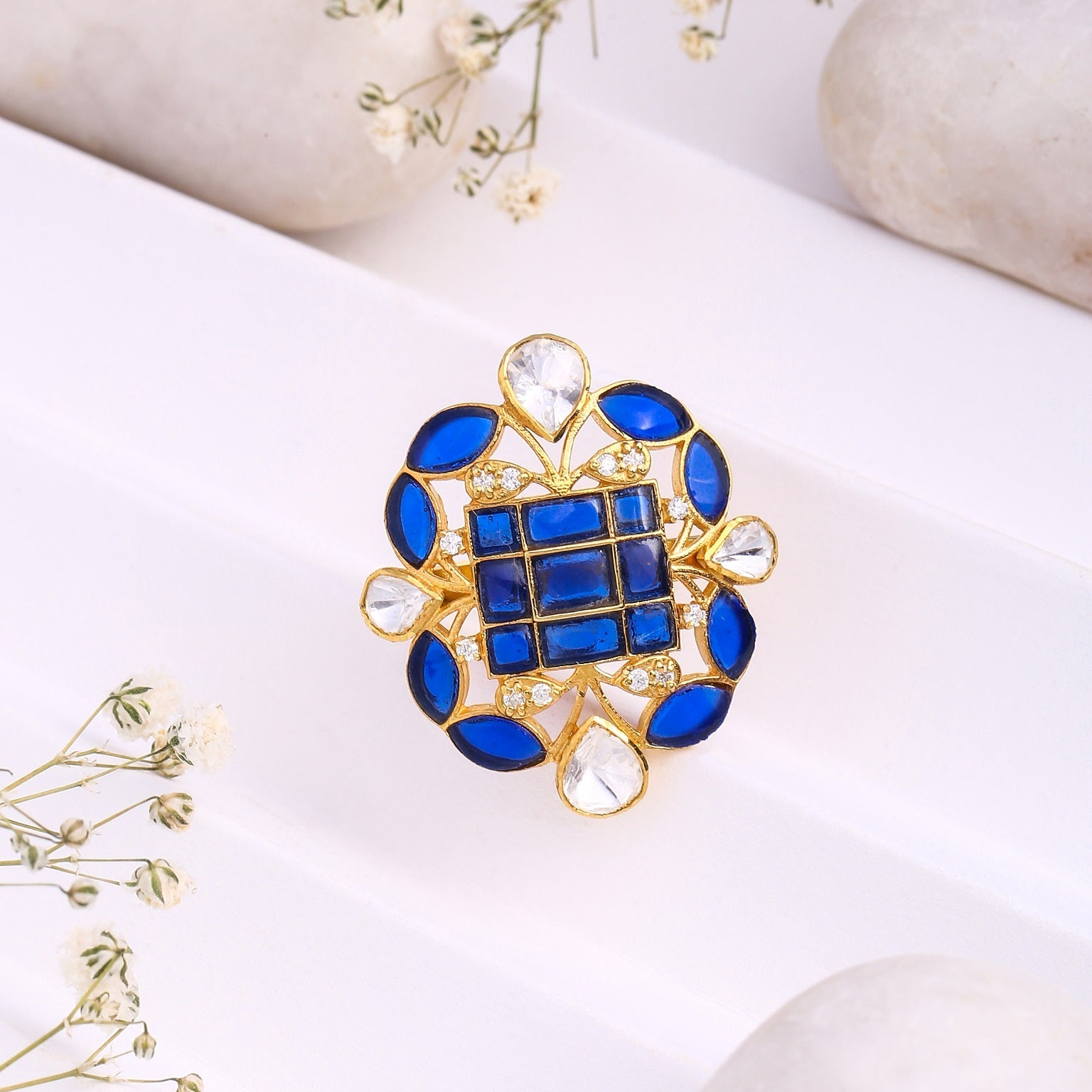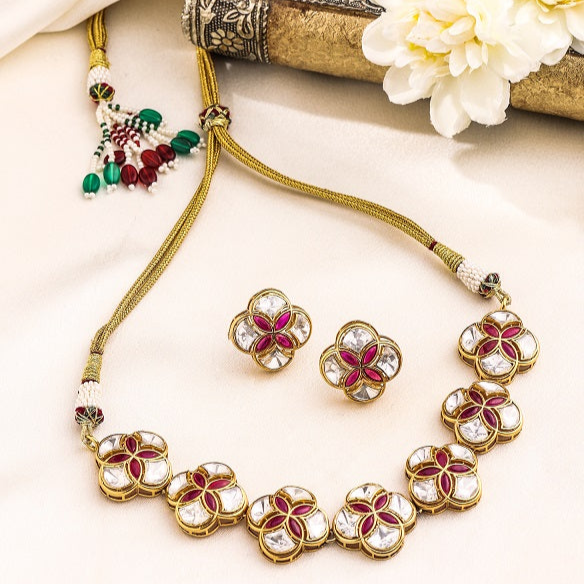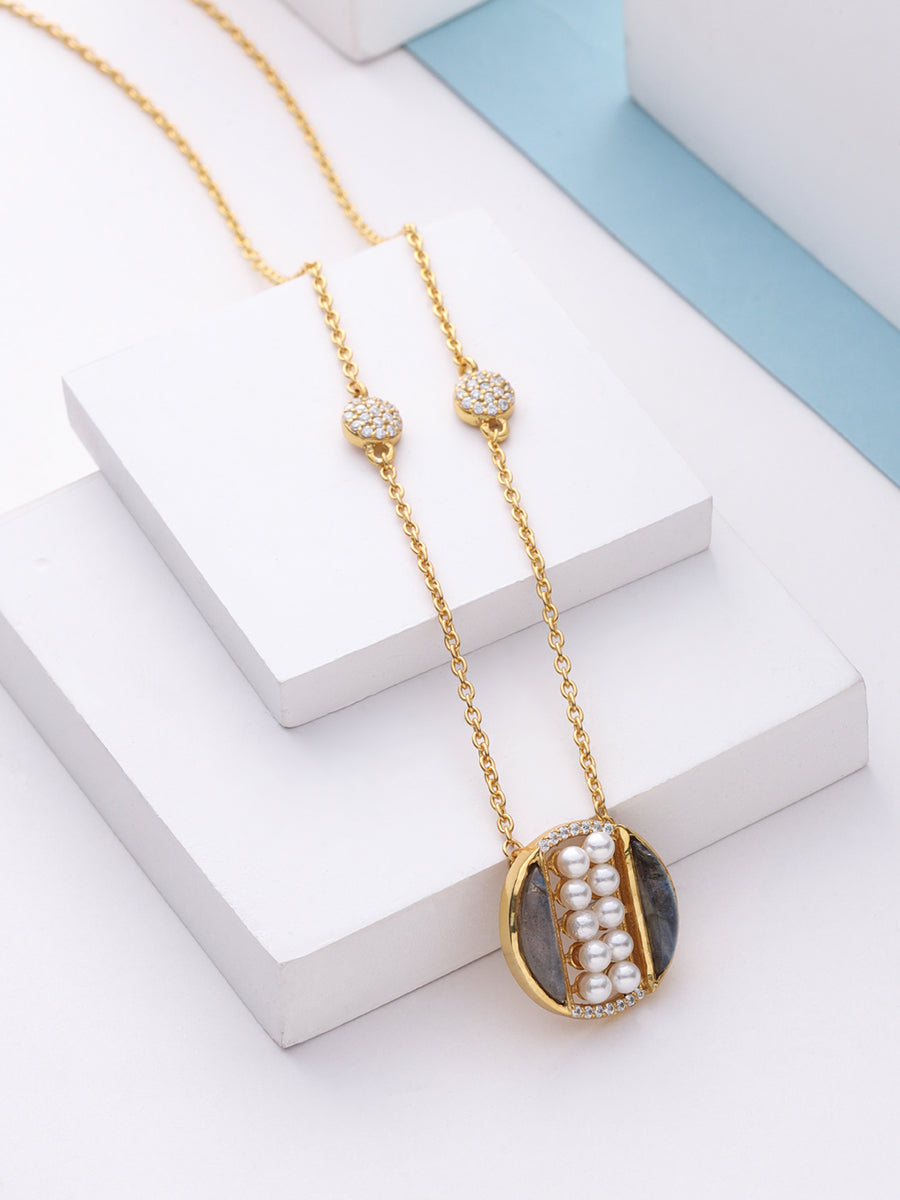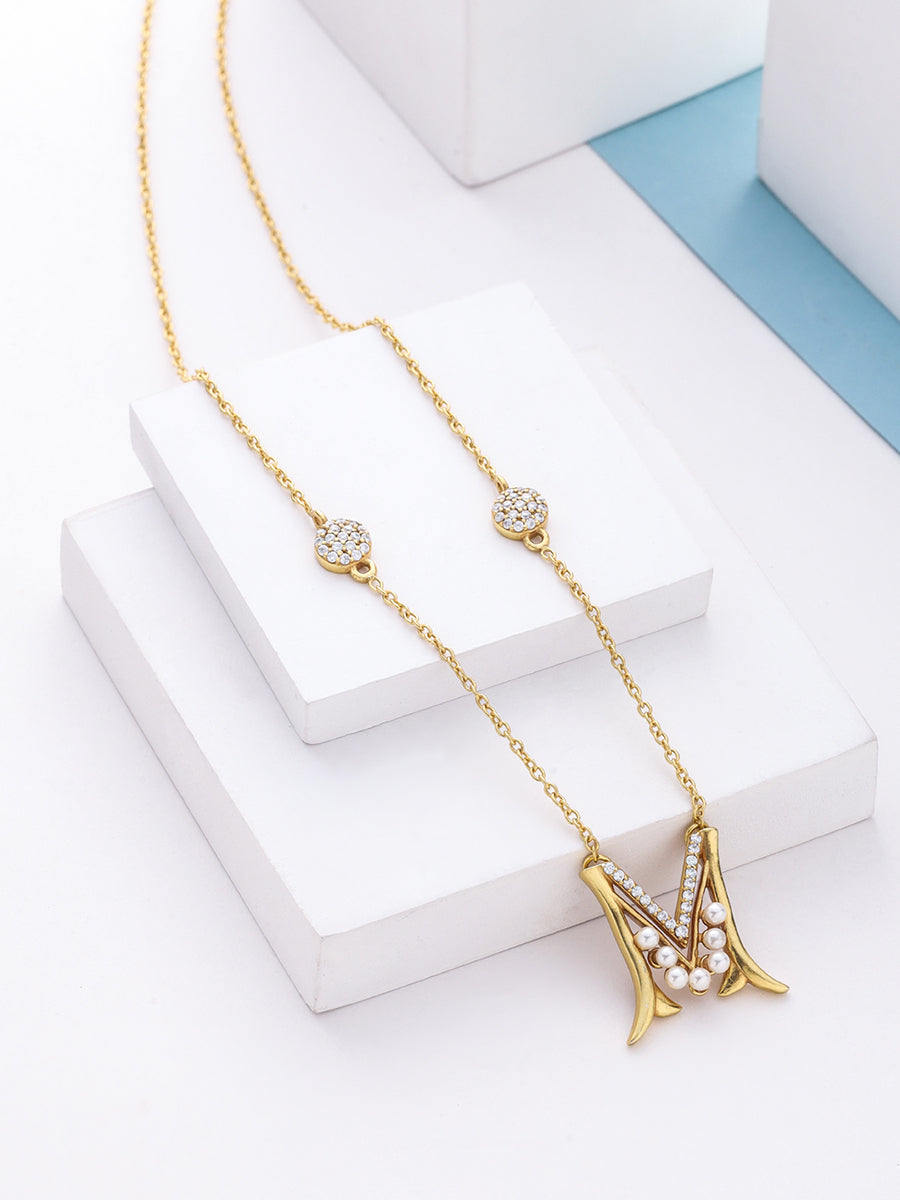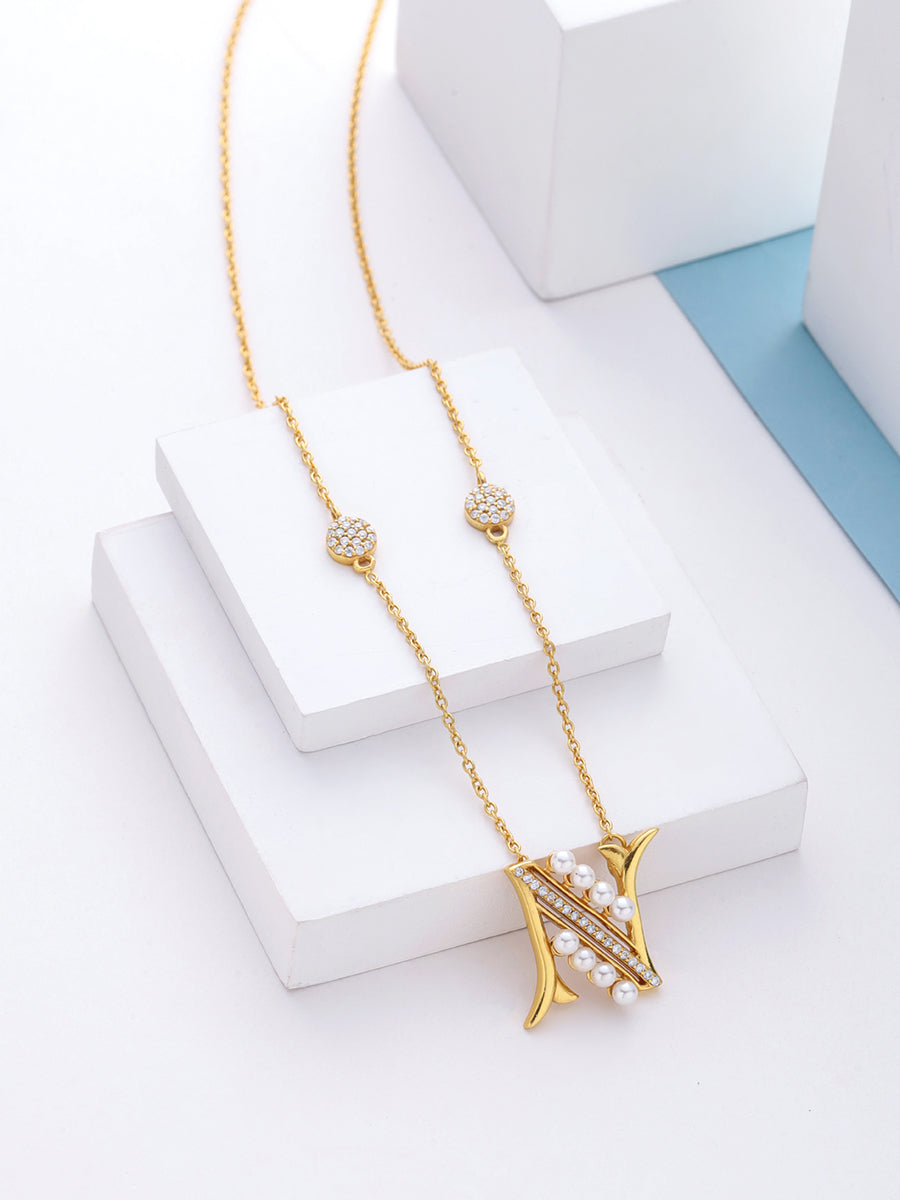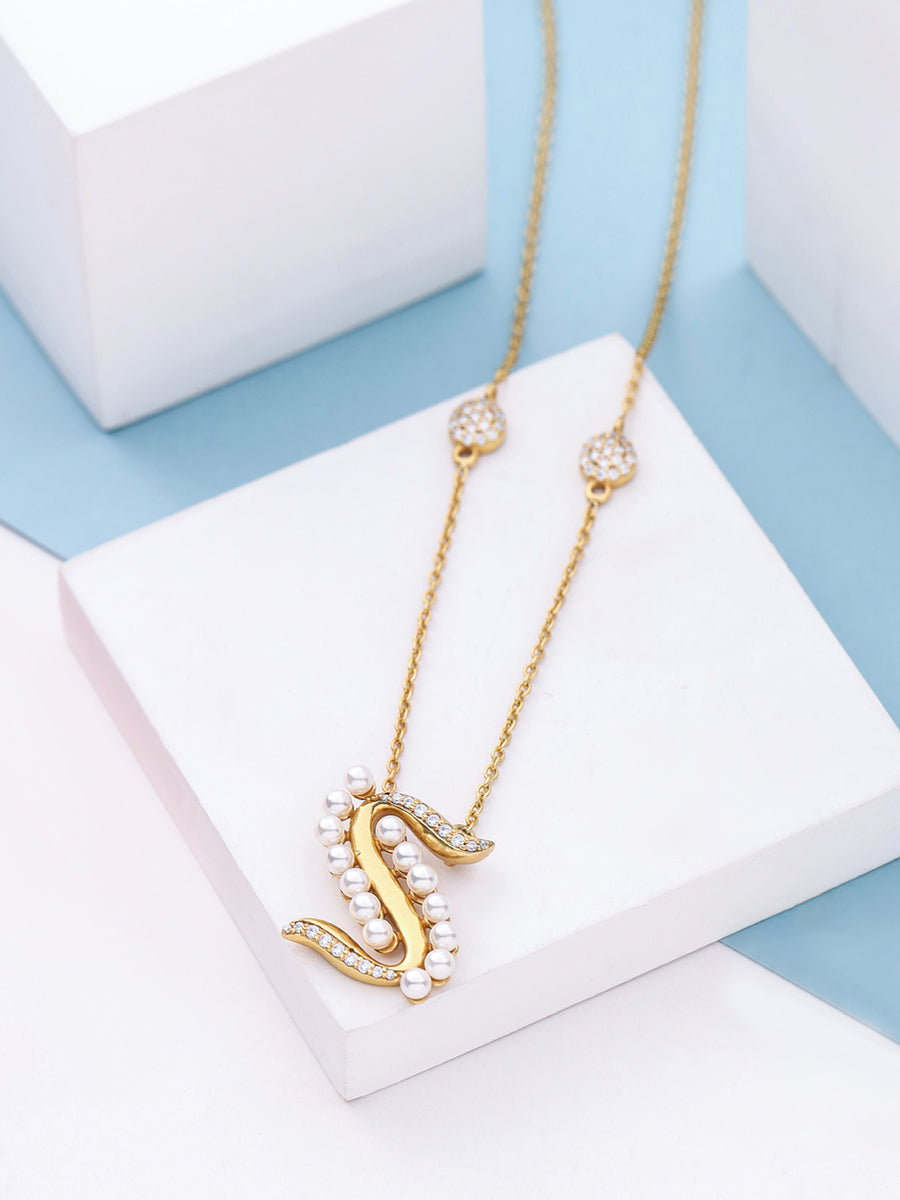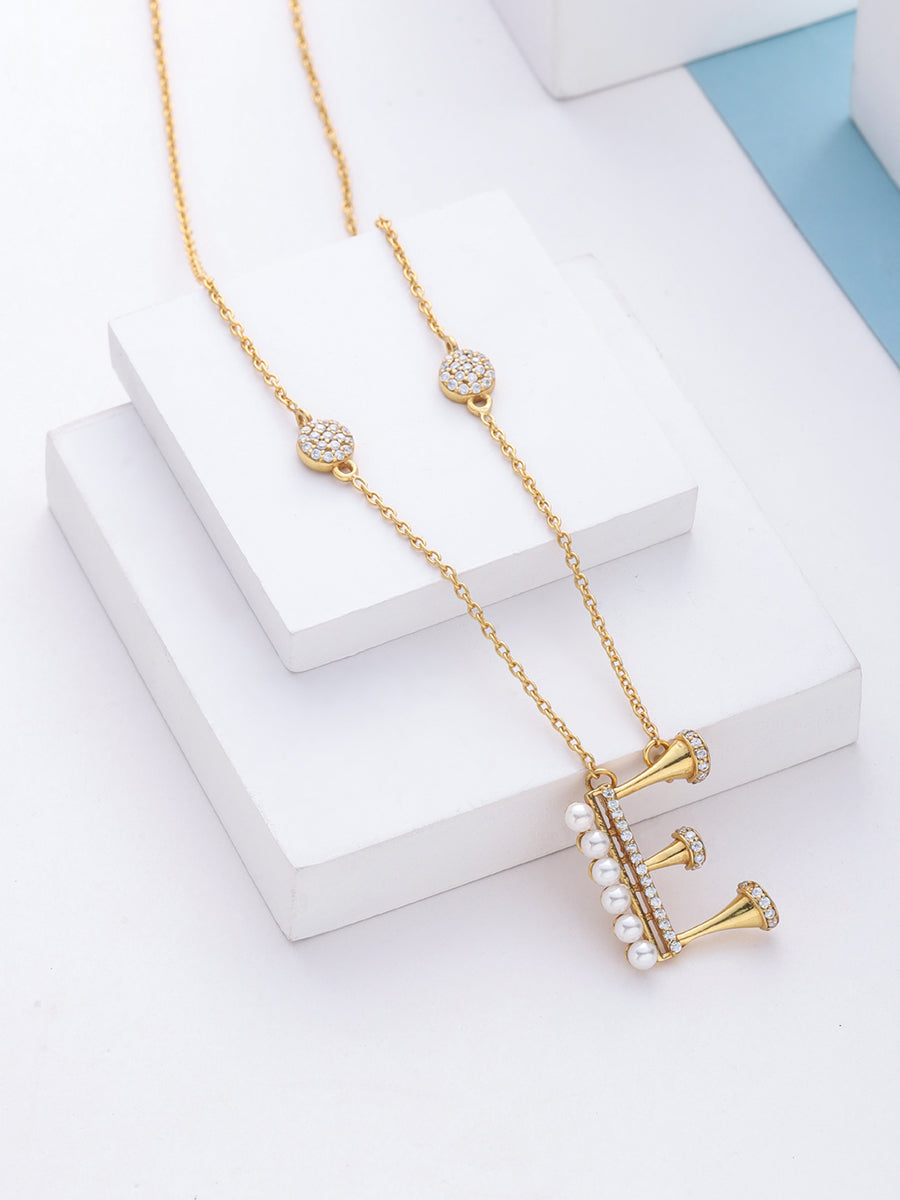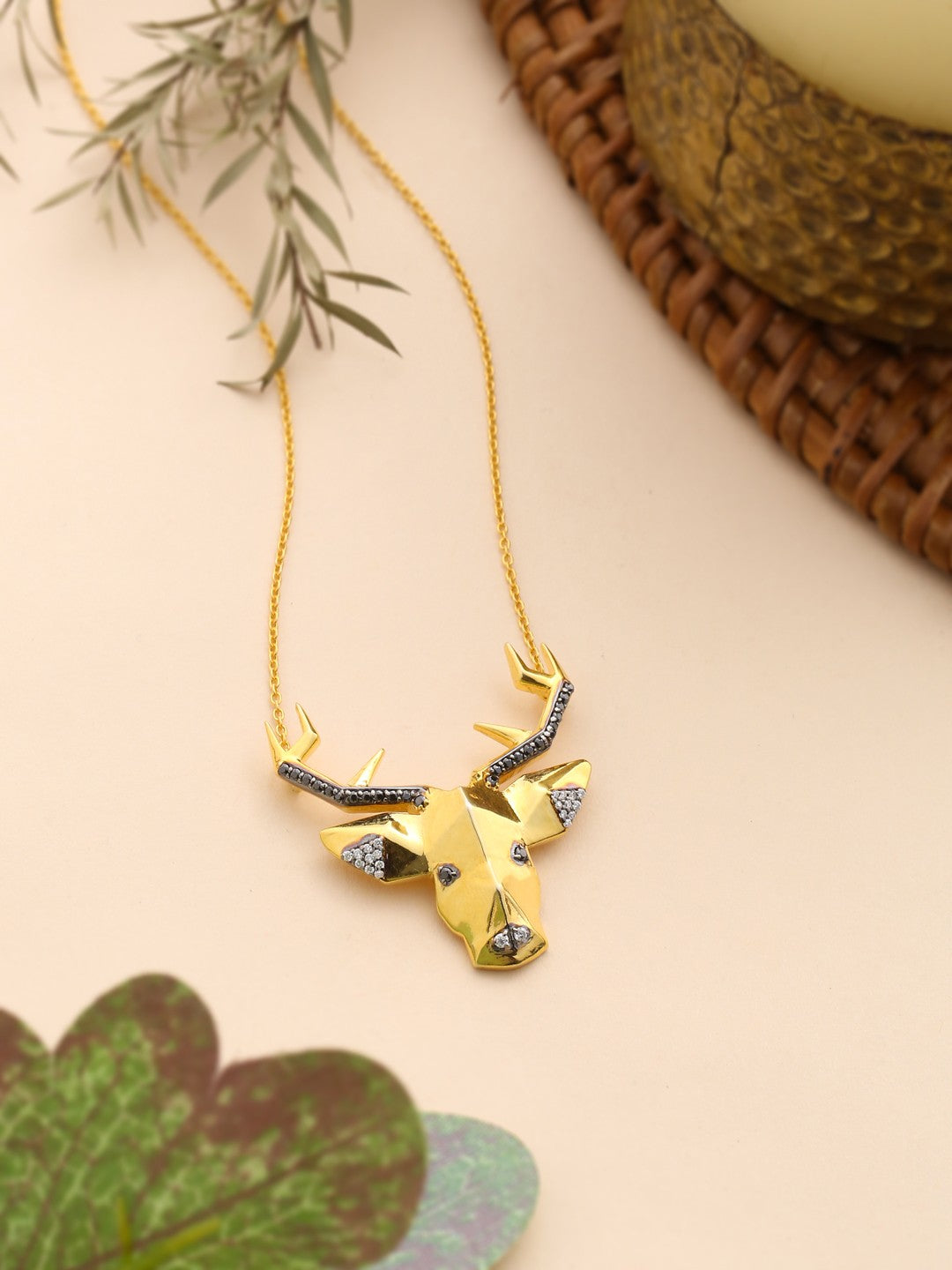Artikel: Entwicklung: Eine kurze Geschichte des Kundan-Schmucks

Entwicklung: Eine kurze Geschichte des Kundan-Schmucks
Eine Art von Goldschmuck, der als Kundan bekannt ist, hat typischerweise einen Wachskern. Da sich das Wort „Kundan“ selbst auf hochraffiniertes reines Gold bezieht, wird für diese Art von Schmuck typischerweise 24 Karat reines Gold verwendet. Mit einer langen Geschichte, die mehr als 2.500 Jahre zurückreicht, ist Kundan-Schmuck eine der ältesten Schmuckarten in Indien. Nur der Jadayi-Teil, der letztendlich als Kundan bezeichnet wird, besteht aus 24 Karat Gold, da der Rest des Schmucks nicht daraus hergestellt werden kann, da es etwas weicher ist. Jadau-Schmuck ist ein anderer Name für das Handwerk der Kundan-Herstellung.
GESCHICHTE DES KUNDAN-SCHMUCKS
Kundan-Schmuck ist eine der ältesten Schmuckarten Indiens und hat seinen Ursprung in der Rajput- und Mogul-Epoche. Die Unterstützung der Moguln ermöglichte diesem Stil, zu blühen, nachdem er vor vielen Jahren in der Nation eingeführt wurde. Königliche Familien in Indien haben ihn danach erfolgreich übernommen. Die Kunst und Handwerkskunst der Mogul- und Rajput-Epoche sind noch heute in dieser Art von Schmuck zu sehen.
Herstellungsverfahren für Kundan-Schmuck
Die Herstellung von Ghats aus 22-karätigem Gold, oft als Gadhayi bezeichnet – einzelne Stücke aus Goldstreifen – ist der erste Schritt bei der Herstellung von Kundan -Schmuck. Dünne Goldstreifen, die gehackt, aufgerollt und in die Form eines gemeinsamen, gussähnlichen Rahmens gebracht werden, werden verwendet, um das Bild zu erzeugen. Dies ist der wichtigste Schritt, um die Grundlage für das Stück zu legen. Im zweiten Prozess, Khudayi genannt, werden die erforderlichen Muster und Designs in die Außenfläche eingraviert. Bei diesem Verfahren wird der Rahmen mit Gold oder Lack (einer Art Wachs) gefüllt, das dann geätzt wird. Bei dieser Technik wird im Wesentlichen das gewünschte Muster oder Design in die Oberfläche des Schmuckstücks geätzt.
Die geschnitzten Muster auf der Goldoberfläche werden dann in einem Meenakari genannten Prozess mit verschiedenen natürlichen Farben gefüllt. Schließlich wird Jadayi durchgeführt, um teure, seltene Steine wie Diamanten, Polkis, Smaragde, Saphire und Rubine in das Schmuckstück einzuarbeiten und so dessen Schönheit hervorzuheben. Bei dieser Methode wird der Edelstein eingesetzt, indem eine Goldfolie zwischen die Steine und ihre Fassung gelegt wird. Dann werden sie, um genügend Halt zu haben, auf der Oberfläche des Schmuckstücks platziert und durch die Goldfolie gestützt.
WIE LANGE DAUERT ES, EIN KUNDAN-SCHMUCKSTÜCK HERZUSTELLEN?
Die filigrane Beschaffenheit der Kundan- Schmuckstücke erfordert viel spezialisierte Arbeit. Jedes Stück wird von Hand gefertigt und erfordert viele Arbeitsstunden talentierter Handwerker. Je nach Fachwissen und Komplexität des gewünschten Designs kann die Herstellung eines schlichten Kundan- Schmuckstücks zwei bis vier Monate dauern.
In Kundan-Schmuck verwendete Motive
Es gibt keine festgelegten Standards für die Verwendung bestimmter Motive in Kundan -Schmuck. Die typischsten Inspirationsquellen sind jedoch Natur und Architektur. Die Themen werden aus verschiedenen Elementen davon aufgebaut, wobei Blumen immer wieder ein beliebtes Motiv sind. Normalerweise verewigen die Motive der Stücke die schönen Formen von Tulpen, Lotusblumen und Nelken.
Entwicklung der Kundan-Kunst
Kundan-Schmuck zeichnete sich historisch durch äußerst kunstvolle und exquisite Motive aus. Früher wurde er nur für Königsfamilien hergestellt. Dieses Schmuckdesign hat sich im Laufe der Zeit verändert und wurde sogar in Silbermetall nachgeahmt. Als die Kommerzialisierung Einzug hielt, konnte auch der Durchschnittsbürger diese Art von Schmuck kaufen. Das Niveau der Handwerkskunst hat im Gegensatz zu früheren Zeiten abgenommen, da die Zugänglichkeit erweitert wurde. Nur ausgewählte Handwerker können sich heute darauf verlassen, dass sie echte, qualitativ hochwertige Arbeit leisten. Ein Gegenstand, dessen Herstellung früher drei bis vier Monate dauerte, sollte idealerweise in einem Monat hergestellt werden.
ECHTER - GEFÄLSCHTER KUNDAN-AUSWEIS
Beim Einkaufen ist es wichtig, sich gut mit echtem Kundan-Schmuck auszukennen. Um zwischen gefälschten und echten Stücken zu unterscheiden, muss man sich grundlegend mit Schmuck und Handwerk auskennen. Kundan-Schmuck sollte jedoch mit Qualitätszertifikaten des Juweliers versehen sein, da er in 24-karätiges Gold eingefasst ist. Um die Möglichkeit gefälschter Schmuckstücke zu verringern, können Sie auch nach Echtheitsstempeln auf dem Schmuck suchen.
KULTURELLE BEDEUTUNG VON KUNDAN-SCHMUCK FÜR BRÄUTE
Kundan wird wegen seines raffinierten und anmutigen Aussehens häufig bei Hochzeiten getragen. Traditioneller indischer Schmuck war schon immer recht sperrig und bestand aus großen Goldstücken. Kundan-Schmuck wird derzeit mit der Zeit leichter und indische Bräute greifen wieder zu ihm. Jede Braut möchte an ihrem Hochzeitstag strahlen und Königliche bevorzugen diesen Schmuckstil aus gutem Grund. Schwere Diamantbesätze passen häufig nicht zum traditionellen Brautoutfit oder Kundan-Schmuck.

